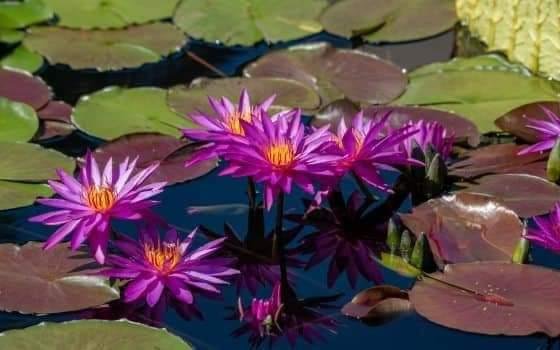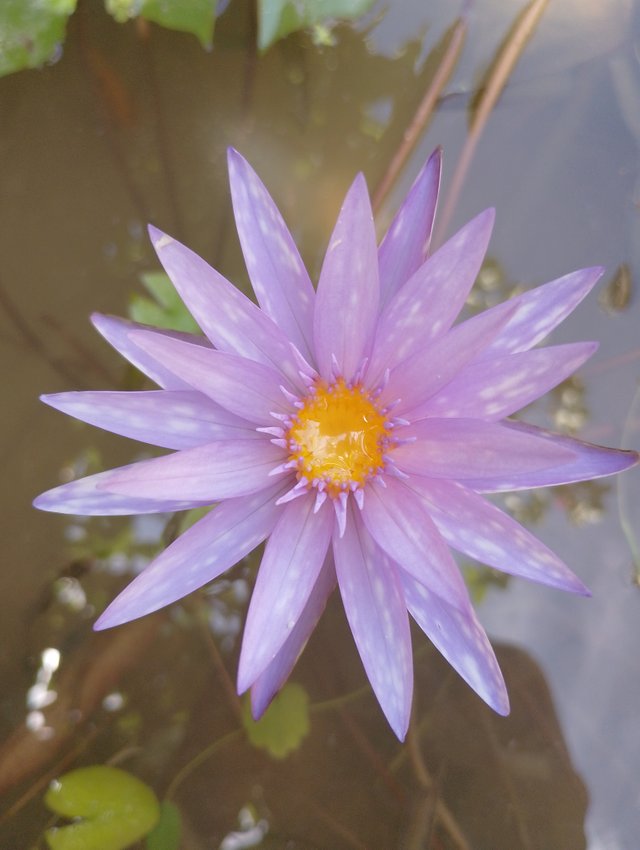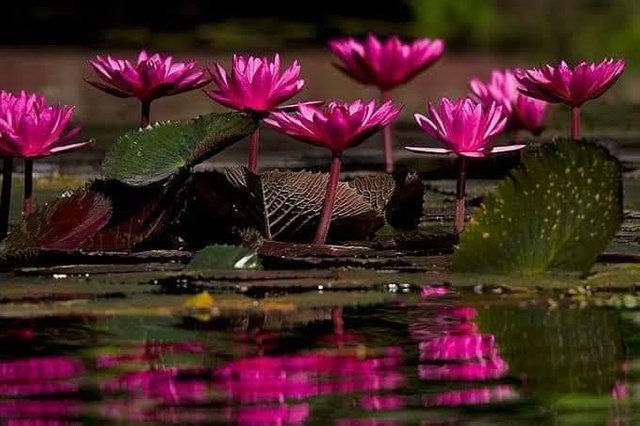Water Lilies (Nymphaea), also known as nympheas
Water Lilies (Nymphaea), also known as nympheas, are aquatic plants belonging to the Nymphaeaceae family. They feature round, floating leaves and showy flowers that come in various colors, such as white, pink, yellow, blue, and purple. Water lilies are highly appreciated in ornamental ponds and aquariums due to their beauty and ecological role.
Types of Water Lilies
Water lilies are classified into two main groups:
Tropical Water Lilies
Bloom in higher temperatures.
Have larger flowers and vibrant colors.
Some species may bloom at night.
Hardy Water Lilies

Adapted to temperate and cold climates.
Survive the winter and grow back in spring.
Typically have smaller flowers and softer hues.
Environmental Benefits
Water lilies play an important role in maintaining the ecological balance of aquatic environments. Some of their benefits include:
Water Purification: Their roots help absorb heavy metals and excess nutrients, reducing the growth of harmful algae.
Oxygenation of the Aquatic Environment: They improve water quality by releasing oxygen during photosynthesis.
Refuge for Aquatic Animals: Their floating leaves provide shade and protection for fish and other aquatic organisms.
Temperature Regulation: The leaves help lower the water temperature, preventing overheating on hot days.
Water lilies are therefore not only a visual spectacle but also allies in preserving aquatic ecosystems, helping maintain biodiversity and combat water pollution.

